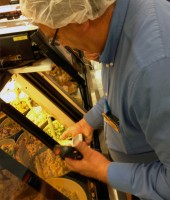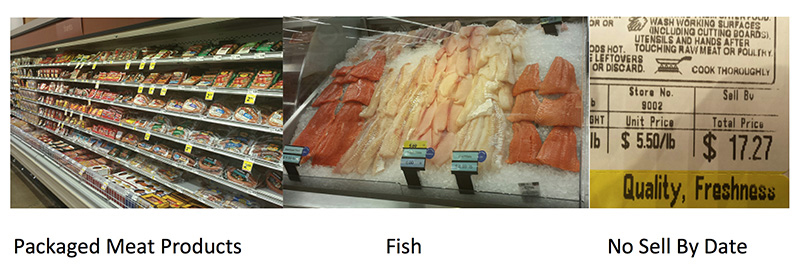In an age where news is reported instantly, those outside the food industry have a heightened awareness and concern over their favorite brands’ commitment to food safety. Conversely, every food industry’s safety and quality operations teams are more than likely putting measures in place to tighten up their supply chain controls and re-evaluate their own food safety programs to ensure that their companies don’t become the next headline.
You better believe suppliers and their customers alike are also re-evaluating their ability to quickly, and effectively, respond to such an incident with the data and records needed to determine root causes—and with good merit, especially if you take a step back and really think about what is needed when a response or inquiry comes in surrounding a Chipotle-type food safety incident. Responses to such incidents typically fall along the lines of:
- Evidence of current food safety plan, including comprehensive risk analysis, HACCP/HARPC plan, validation studies or documents
- Inspection data and documents on your suppliers, including onsite inspection, transportation and product receiving inspections, complete with non-compliance reports and CAPAs for the last six months
- All data records relative to your internal processing CCP(s) or equivalent, including monitoring frequencies and all non-compliance reports, complete with their CAPAs for the last six months
- All regulatory and non-regulatory audit reports or actions, including non-compliance reports and their CAPAs
- Additional available internal or external laboratory evidence that demonstrates environmental monitoring of your facilities and resulting continuous improvement and sanitation validation for the last two years
- Additional internal or external laboratory pathogen monitoring programs for field, transportation, raw material supply and finished products, etc. as evidence to support your food safety program
The sheer volume of records, data and information needed in such an on-demand short timeframe can be extremely overwhelming. Without quick access to the critical records needed to determine root cause or, more importantly, thwart an incident from expanding, food safety and quality operations should be taking a close look at how they are managing their food safety data records and reports.
Are binders full of documents, or a combination of paper/silo data records going to suffice when it comes to inquiries, responses (and audits)? Or, is there a better way to manage food safety and quality data to ensure not only data is accessible, but also that food safety programs are working?
One sure bet is that there will be a higher number of audits and inquiries. Is your team and/or supplier prepared for the increase of these types of activities?
- Inquiry: A request for a single or series of data and or documents usually related to a specific FSQA event or question
- Response: The collected data, data reports, document or document reports related to a specific audit or inquiry
- Audit: An activity that reviews one or many elements of a food safety plan to assure that the plan is complete, performed as described and meets the food safety design as intended. Audits are known and expected activities to review such safety plan elements even though the actual audit date and time may be known or unknown
We all know that audits are often lengthy exercises, yet they are still predictable. On the other hand, inquiries can be more difficult in that information requests may involve a very deep dive into a very specific area of inquiry.
In all honesty, if inquiries or responses or audits have to be planned for in advance, then you are not prepared. In order to always be prepared, it’s imperative to have better systems in place to manage any type of internal or external examination of your food safety and quality information. Regardless of whether it is an audit, response or inquiry, it is important to have easy access to records, verify that your programs are working, have corrective actions in place, and show visibility (and transparency) in your operation.
Thus it all comes back to how you or your suppliers are managing food safety records day in, day out. If FSQA operations are still relying on manual-based food safety and quality management processes versus food safety and quality management technologies, then chances are that you’re reacting to latent results, and you’re not able to identify trends and opportunities for improvement. The burden to manage inquires, responses or audits—as they continue to grow in cadence—will become overwhelming.
Without a doubt, the Chipotle effect is being felt throughout the industry. There will be increased accountability to ensure an adequate food safety program is in place and verification that the program is working. It will become even more imperative—and expected—that data and records are readily available to efficiently respond to inquiries, responses and audits.

























